Maximum style with minimal display – that’s what Scandinavian interior design is all about.
Simplicity and function are the guiding principles that shaped the design sensitivity of Europe in the middle of the century in this part of the continent, leading to spaces permeated with light, airiness, serenity and a sense of unity with nature.
The Scandinavian interior design principles are a mixture of trends from Sweden, Norway, Denmark and Finland and play out natural elements. They prefer neutral color palettes by keeping the lines simple and getting the most out of each part of the decor.
The simple chic of this uncomplicated Scandinavian design has won followers from all over the world.
Scandinavian design history
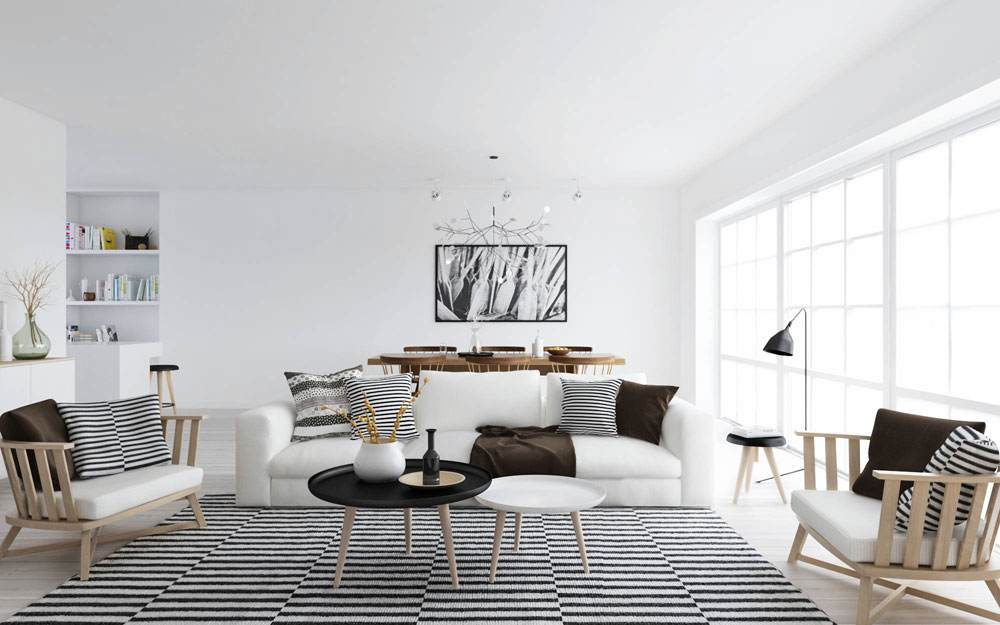
Scandinavian home decor and furniture took the world by storm after the 1947 Triennale di Milano, a popular design exhibition in the Italian city of Milan. Furniture, glassware and home accessories with the label Nordic Design were a sensation at the fair and soon afterwards became a worldwide rage.
The Design in Scandinavia Show took advantage of this new popularity and toured the US and Canada from 1954 to 1957 to promote Nordic designs across the pond. The fascination for Scandinavian design ideas grew even more.
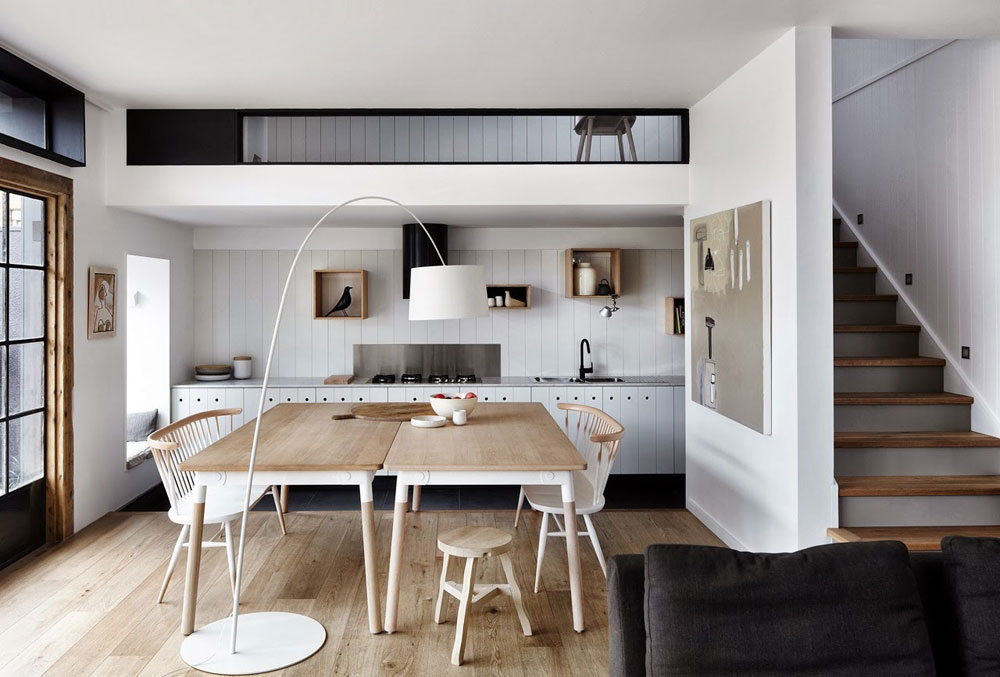
It’s interesting how differently Scandinavian style furniture and trends evolved from design in the rest of Europe, which generally favored opulent and ornate decor inspired by the luxurious lifestyle of aristocracy and kings. The interior design ideas of the Nordic people set a different design course, preferring the practical to the plush picking function of the frills.
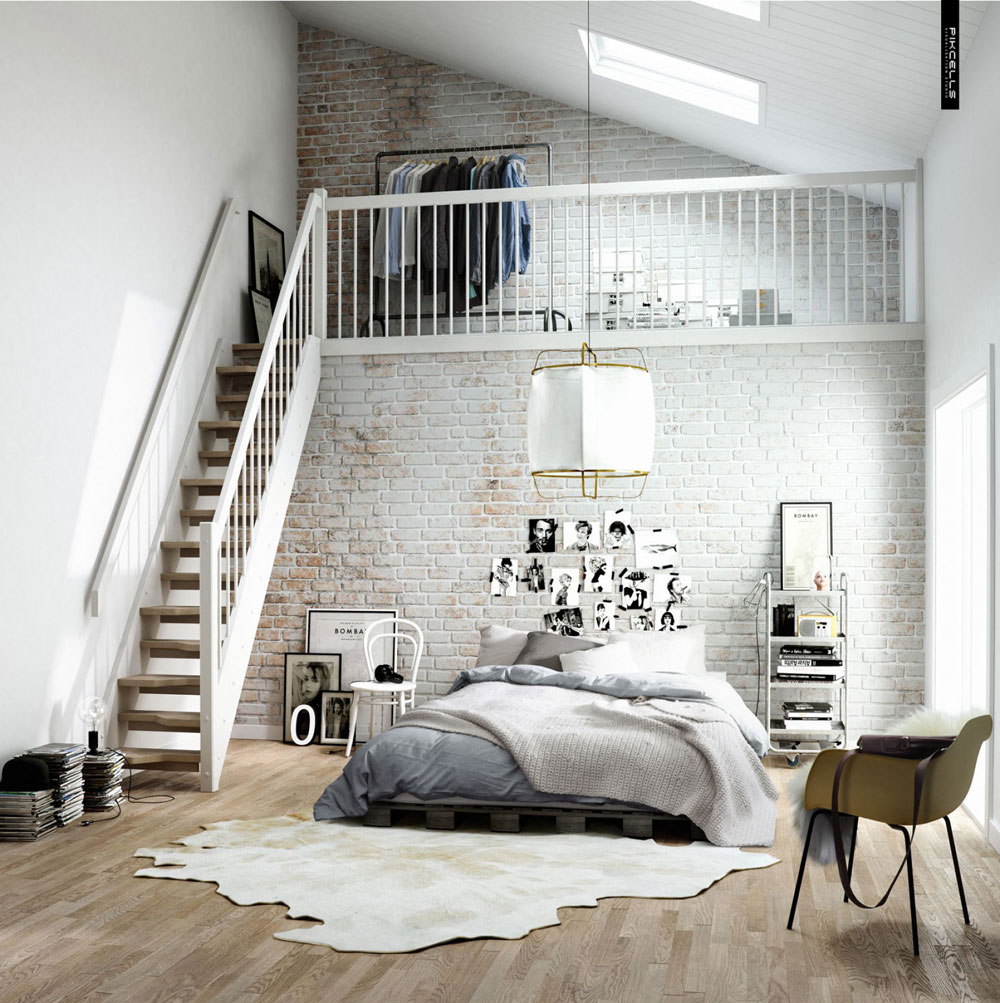
Mid-century life in the region was primarily responsible for shaping Scandinavian design. Long, severe winters with very few hours of daylight, people kept indoors for many months and shaped the Nordic look. Plus, most of the people lived in small houses, an explanation for the Scandinavian minimalist style. So it was imperative that the houses feel cozy yet airy, with each object reflecting as much ambient light as possible, the main hallmarks of modern Scandinavian style.
Just like the people, the emerging design sensibility was egalitarian; it avoided the artful and celebrated simple elegance that seemed to be accessible to everyone. Principles also followed in Scandinavian home design. The result was a style that masterfully blended beauty with practicality and followed the main pattern of the Scandinavian home.
Although the popularity of the Scandinavian style and design waned somewhat in the 1980s, it rose again in the following decade when the style was reinterpreted. In the 1990s, designers in Scandinavian countries treated every object they had designed for use in decor as individual design units, creating bold and unique statement pieces. It seems like the Scandinavian interior design will stay here.
Guiding principles
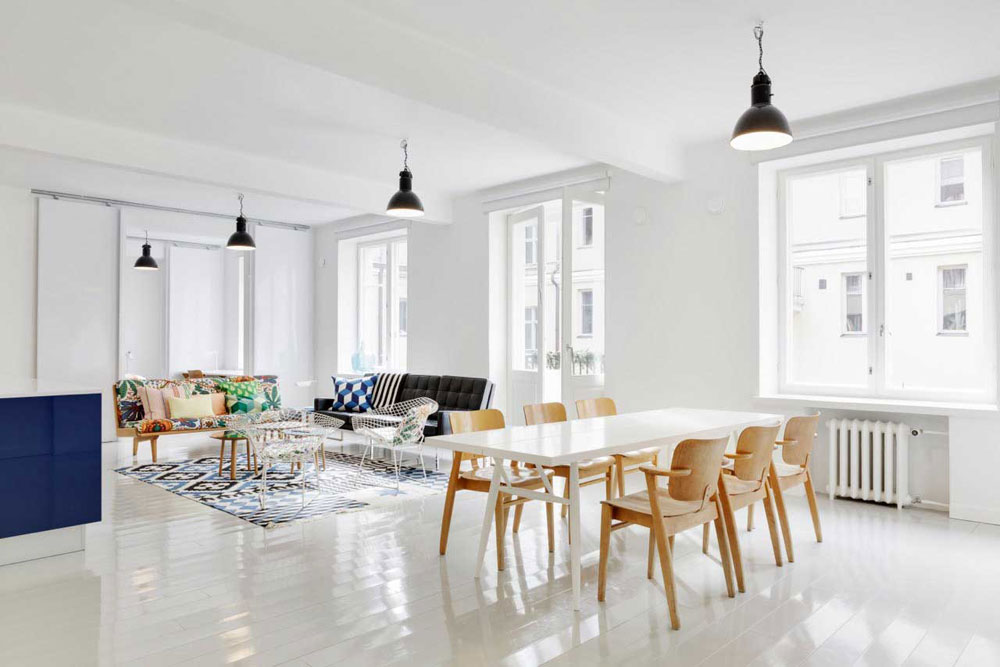
“Less is more,” wrote the 19th century poet Robert Browning. Little did he know then that he was unwittingly embodying the essence of a design trend and home decor styles that would take shape in the Scandinavian region nearly a hundred years later. A one word definition of Scandinavian decor would be minimalism.
Here is a breakdown of the general guidelines for this distinctive style of Nordic interior design:
Clear lines
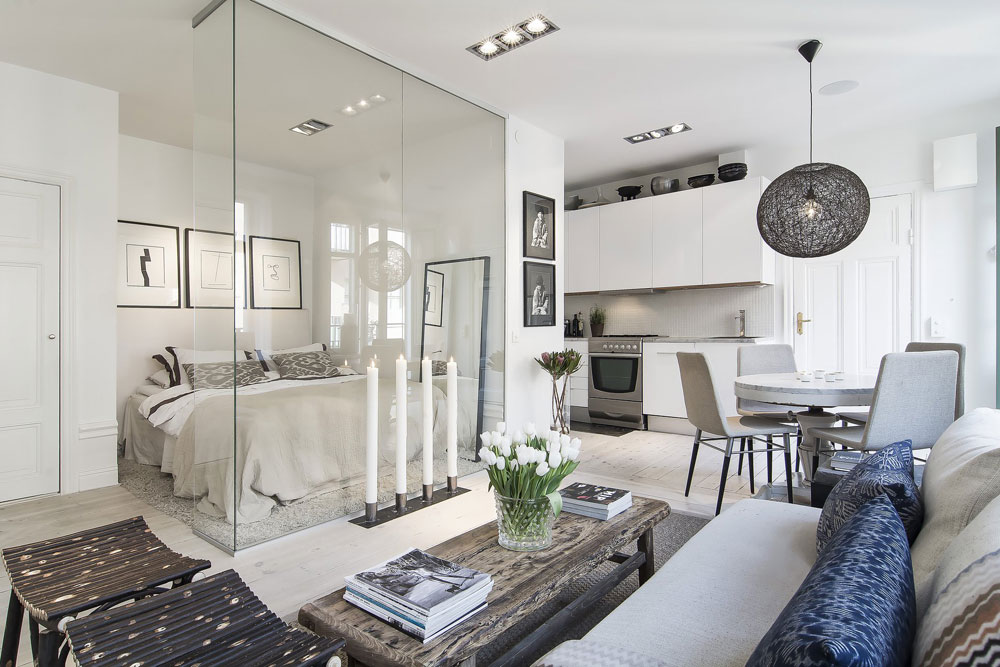
Simplicity is really the mantra of modern Scandinavian design. The key principle of Scandinavian architecture is to prioritize function without sacrificing aesthetics. Today, Scandinavian furniture online includes an impressive category of models and styles at a variety of – mostly affordable – prices.
The best example of Scandinavian minimalism is the ubiquitous Arne Jacobsen 7 chair, a typical presence in a Scandinavian shop that has found its way into millions of dining rooms, kitchens and offices around the world. Surprisingly sturdy due to its simple but fine lines, a staple of mid-century modern architecture and appearing timeless, this chair takes up very little visual space and is a boon to a compact living or work area.
light
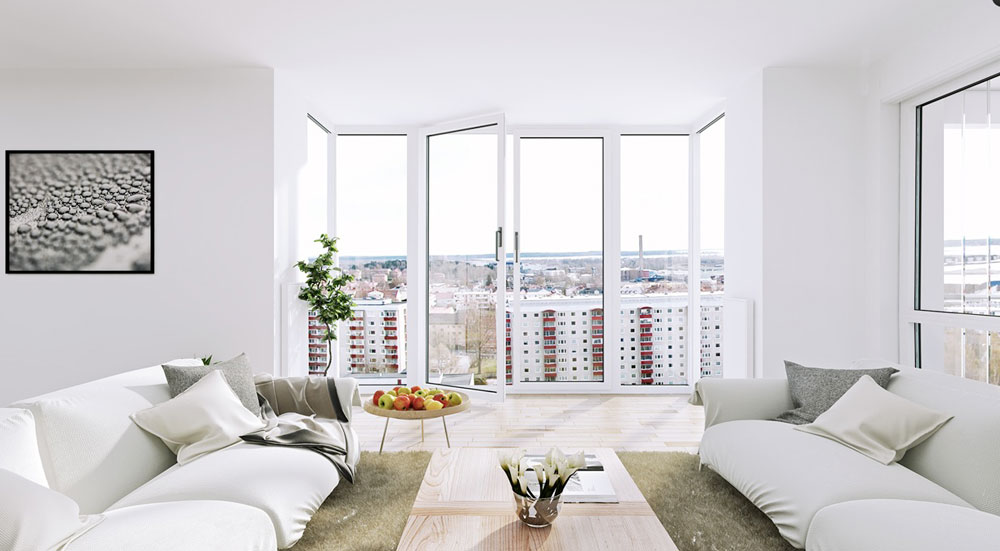
To keep out the darkness of long winter, one has to rely heavily on the light in the Scandinavian home and decor. Natural light is amplified by any means necessary. The windows of the Scandinavian living room are generously proportioned.
Window treatments, if any, are kept pure or translucent. Mirrors, an important element of Scandinavian decor, are strategically placed to visually expand the space and reflect the available ambient light. The dominant color palette of Scandinavian decor is generally a light-reflecting neutrality.
In the Nordic style conception, electric lights are also designed with simple lines and shapes that create light without adding visual clutter. And candles are widespread, adding softness to Scandinavian home decor with their flickering flames.
Neutral color

Calm, subdued neutrals – with bright white being the star – dominate Scandinavian design. These calm colors make the rooms appear bright and spacious even on a bleak day. This is an important interior design tip to restore the original Nordic feel. Timeless white walls, moldings, cupboards and worktops seem to recede optically, so that the rooms of Scandinavian houses feel much larger than they really are.
However, the preference for sober colors does not mean that Scandinavian design lacks liveliness and vitality. Accent pieces like ceramics, carpets, pillows and art in light tones give rooms life and character and define a stylish modern Scandinavian style. In fact, they stand out more dramatically in a room designed in this way.
Natural elements
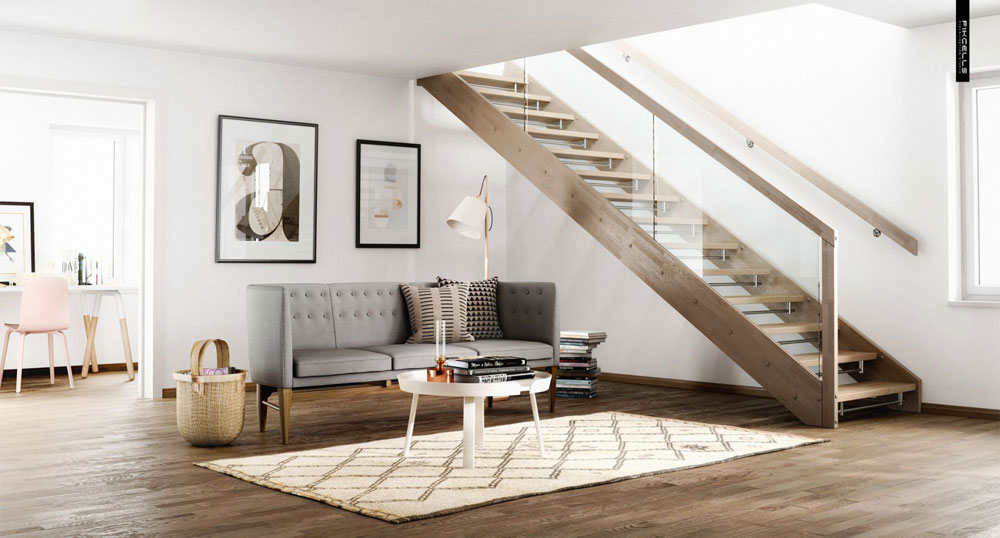
The Scandinavians are avid nature lovers and believe in celebrating nature in their homes too. For this reason, natural wood is a key feature of Scandinavian interiors. Wood is the preferred choice not only for Nordic furniture but also for floors.
Pine, beech and ash are by far the Scandinavian architect’s favorites. Stains and varnishes generally kept the light in to maintain a sense of airiness. Potted plants are also widely used in Scandinavian decor to mimic nature around the home.
textiles
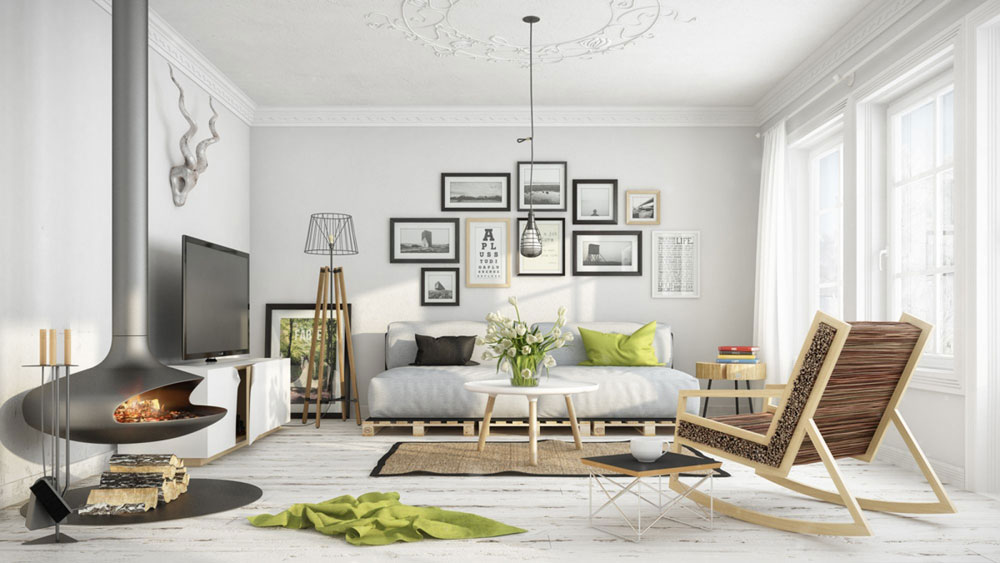
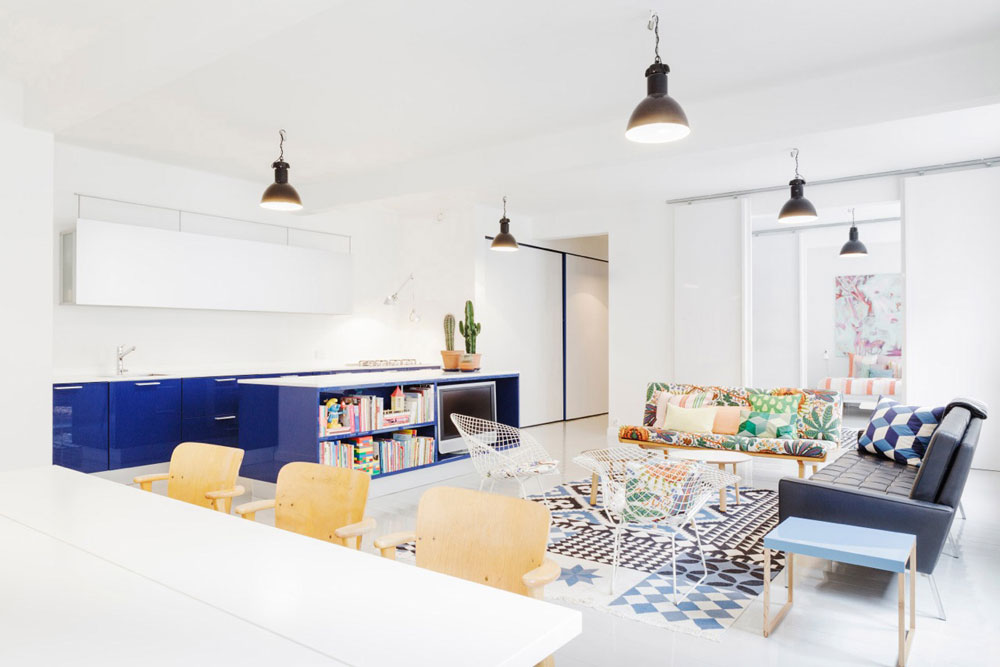
A room in the Scandinavian home design style is optically not burdened by a lot of heavy fabric. Textile accessories are used sparingly in Nordic-inspired interiors, but for maximum effect.
For example, a brightly colored rug that defines the lounge area and a couple of pillows with prints of bold chevrons or stripes that warm up a bright love seat. a knitted throw on the couch; transparent curtains on the windows; and maybe a couple of patterned placemats and napkins on the dining table. Natural fabrics such as cotton, wool and linen are preferred over plastics and blends, important elements of the Scandinavian-inspired living room.
Final thoughts on Scandinavian design
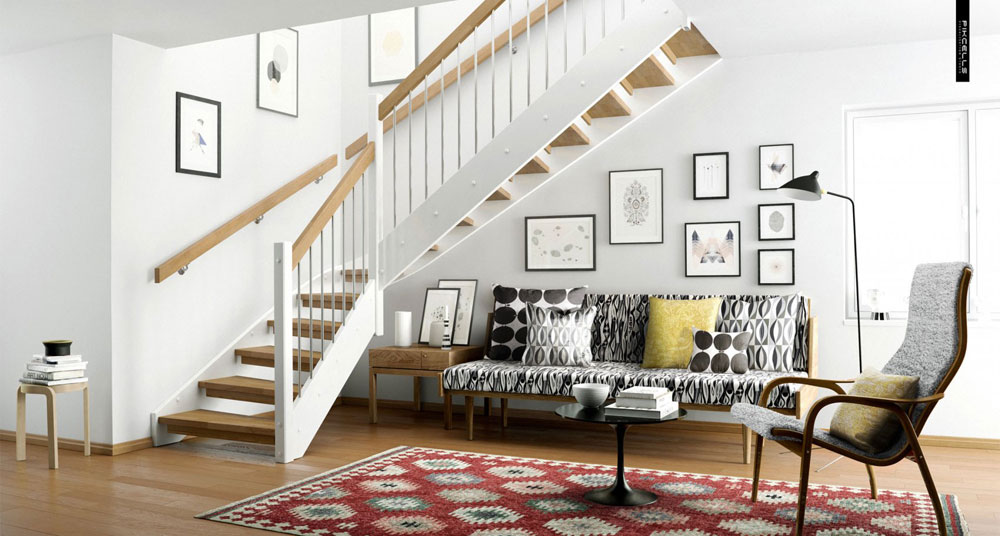
All of these principles of Nordic decor and design work together to achieve the Scandinavian ideal of “lagom”, a Swedish word that means just the right amount – not too little, not too much. You create spaces that are simple, clear and efficient, but still warm and inviting, typical of any Scandinavian style home.
Scandinavians like nothing more than having family and friends to eat. The kitchen table, often with extension leaves, plays an important role in Scandinavian design furniture and becomes the heart of the house where everyone gathers. The bright, inviting houses make it easy to live the Danish dream of “hygge”, which is essentially the good life among loved ones.
Scandinavian houses and interior design are just as egalitarian as they are functional. There are as many high street boutiques and Scandinavian design outlets selling Scandinavian decorative items as there are affordable Scandinavian furniture stores that are accessible to everyone.
And because Scandinavian furniture and interiors are generally minimalist, most can adopt them without breaking the bank. Just changing a few accent pieces every now and then is enough to freshen up any room and have your own Scandinavian decorating experience.
I’m sure, after reading the principles and features of this mid-century modern architectural trend, you now know what Scandinavian interior design is, and most importantly, you know how to use it.
If you enjoyed this article on Scandinavian design, you should read this too:
 Flower Love
Flower Love